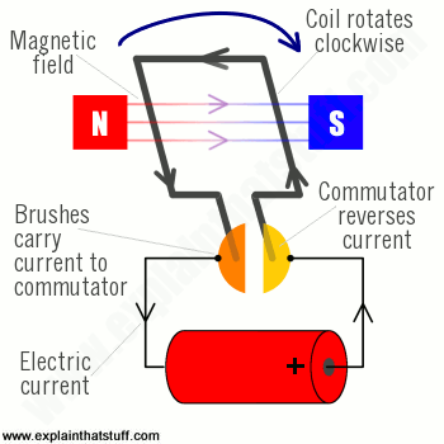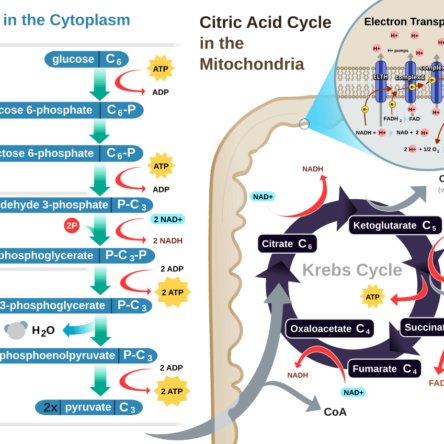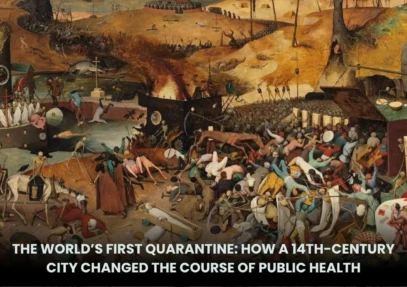Why does it rain in winter?
A rainbow is caused by sunlight and atmospheric conditions. Light enters a water droplet, slowing down and bending as it goes from air to denser water. The light reflects off the inside of the droplet, separating into its component wavelengths--or colors.
A rainbow is caused by sunlight and atmospheric conditions. Light enters a water droplet, slowing down and bending as it goes from air to denser water. The light reflects off the inside of the droplet, separating into its component wavelengths–or colors.
See less








Rainfall in the winter in India is caused by western disturbances, which are low-pressure systems that originate in the Mediterranean Sea and move east across the globe: How they form Western disturbances are extratropical storms that form over the Mediterranean Sea, Caspian Sea, and Black Sea. HowRead more
Rainfall in the winter in India is caused by western disturbances, which are low-pressure systems that originate in the Mediterranean Sea and move east across the globe:
See lessHow they form
Western disturbances are extratropical storms that form over the Mediterranean Sea, Caspian Sea, and Black Sea.
How they reach India
The westerly jetstream steers the western disturbances east towards India.
How they cause rainfall
When the western disturbances reach the Indian subcontinent, they get blocked by the Himalayas and cause rain in the northwest plains and snow in the higher altitudes of the Western Himalayas.
How they affect the weather
Western disturbances can cause moderate to heavy rain in low-lying areas and heavy snow in mountainous areas. They can also cause unusual rainfall, increased temperatures during nights, and cloudy skies.
How they affect the crops
Western disturbances are important for the growth of wheat in Punjab and Haryana. However, excessive rainfall can also damage crops, cause floods, and avalanches.
How they affect the fog
Winter rain increases the humidity in the air, which can make fog more dense.